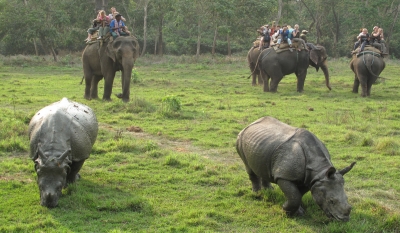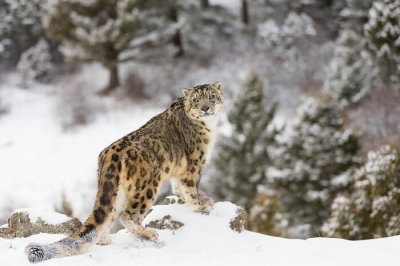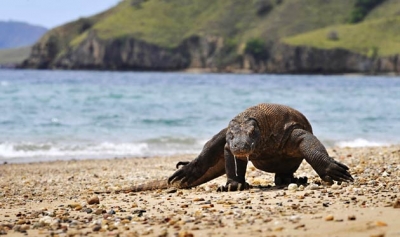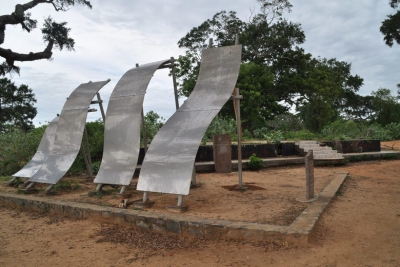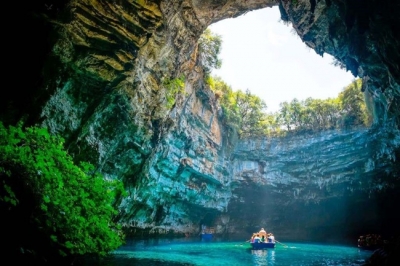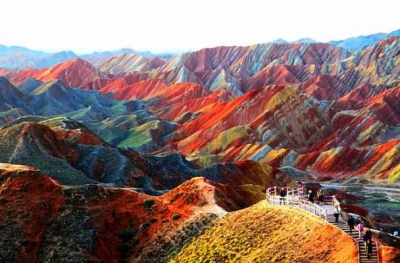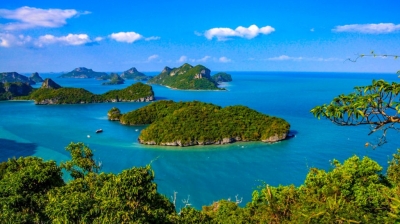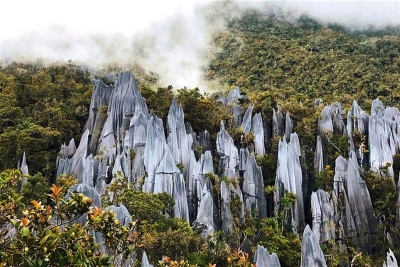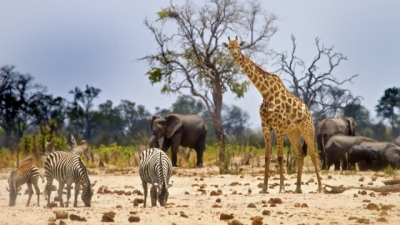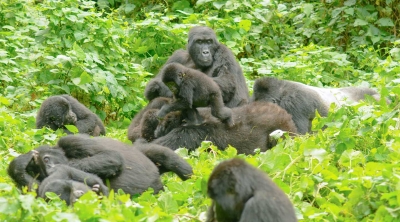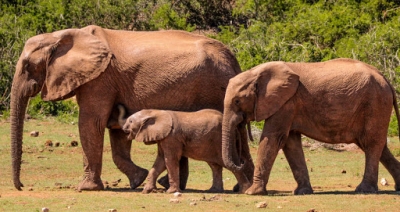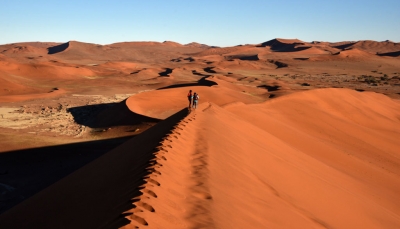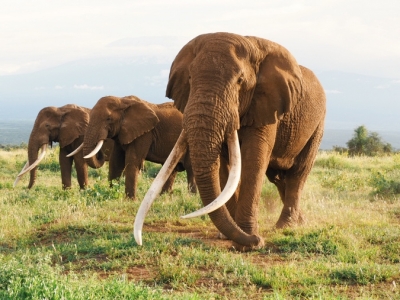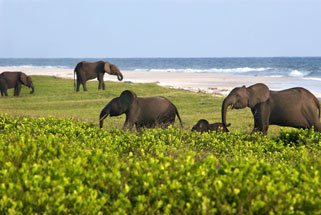What do we know about Seoraksan National Park?
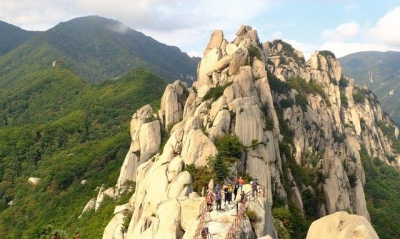
Seoraksan National Park is known for its floral diversity. With the mountain changing its colour according to each season, Seoraksan Mountain offers a picturesque landscape any time of the year.
There are about 1,013 species of plants. Pine trees such as the Siberian pine occupy the southern slopes while the northern slopes of the mountain range are characterized by oaks and other deciduous trees. Dwarf pines, hawthorns, and Manchurian firs can also be seen here in abundance.
Many species of animals have been identified and classified so far. This includes the Siberian flying squirrel, kestrel, Chinese minnow, and spotted barbell. The Park also hosts some of the endangered species like the Tristram’s woodpecker, Korean goral, and Korean musk deer.
Picture Credit : Google
